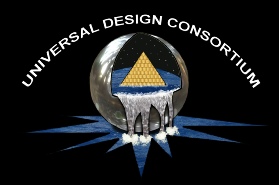



Direct current (DC) is the unidirectional flow of electric charge. Direct current is produced by such sources as batteries, thermocouples, solar cells, and commutator-
Direct current may be obtained from an alternating current supply by use of a current-
The first commercial electric power transmission (developed by Thomas Edison in the late nineteenth century) used direct current. Because of the advantage of alternating current over direct current in transforming and transmission, electric power distribution today is nearly all alternating current. For applications requiring direct current, such as third rail power systems, alternating current is distributed to a substation, which utilizes a rectifier to convert the power to direct current.
Direct current is used to charge batteries, and in nearly all electronic systems as the power supply. Very large quantities of direct-
Various definitions
Within electrical engineering, the term DC is used to refer to power systems that use only one polarity of voltage or current, and to refer to the constant, zero-
Although DC stands for "Direct Current", DC sometimes refers to "constant polarity." With this definition, DC voltages can vary in time, such as the raw output of a rectifier or the fluctuating voice signal on a telephone line.
Some forms of DC (such as that produced by a voltage regulator) have almost no variations in voltage, but may still have variations in output power and current.
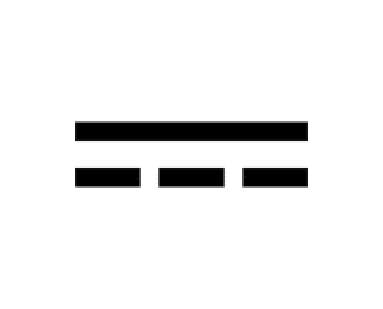
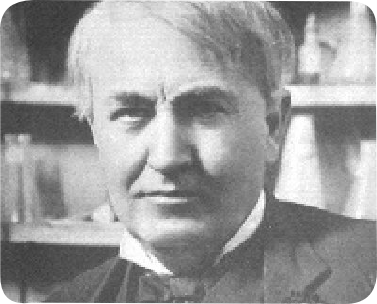
Thomas Alva Edison (February 11, 1847 – October 18, 1931) was an American inventor and businessman.
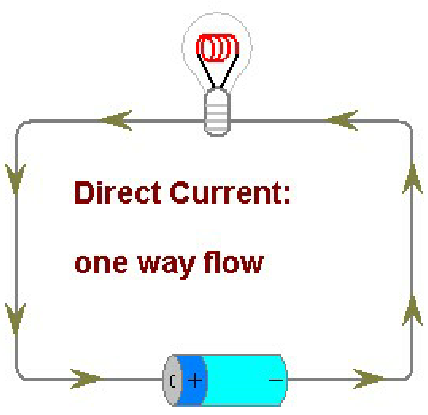
Illistration showing how direct current works to power a light bulb.
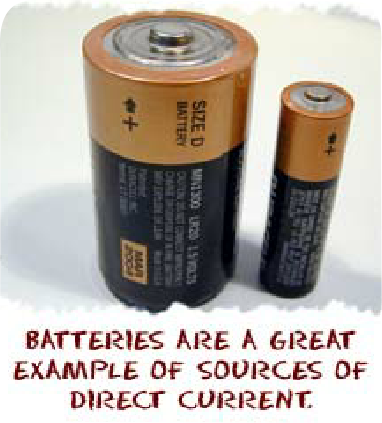
Batteries are a good example of Direct Current (DC)
